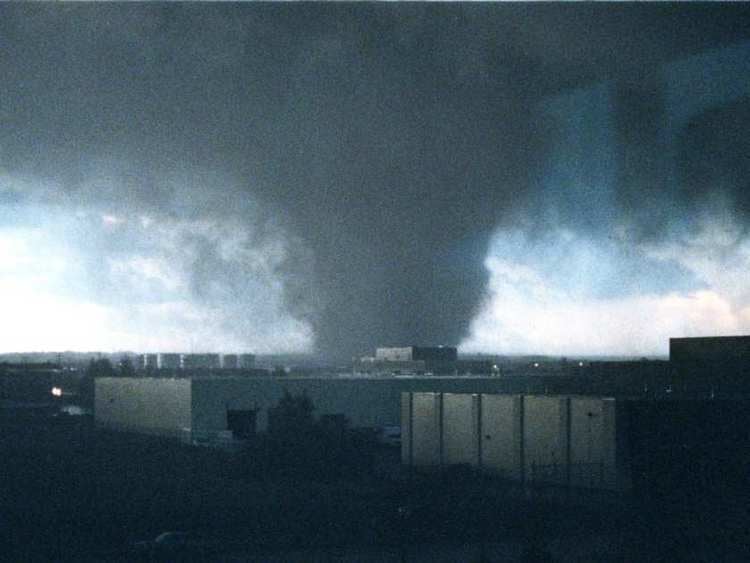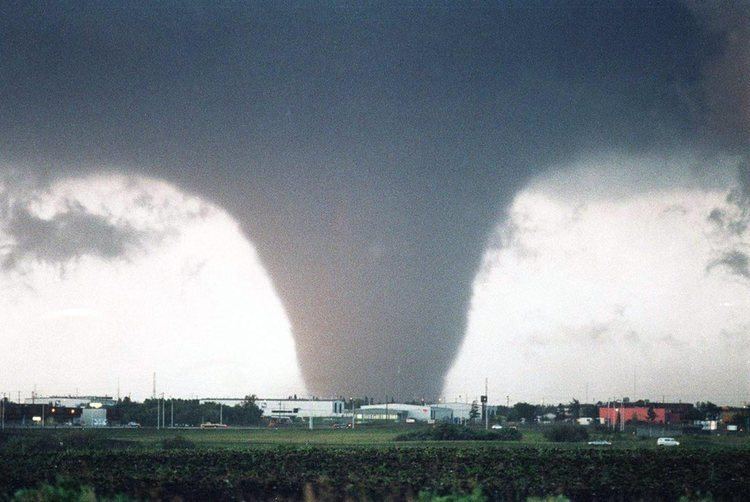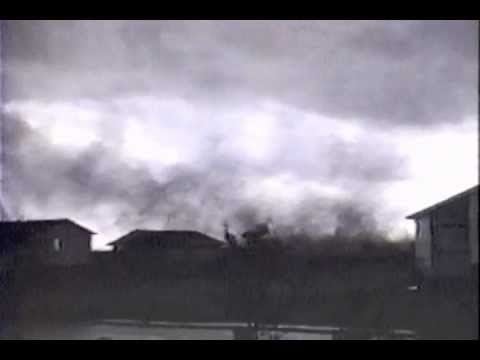Lowest pressure 919.3 mb (27.15 inHg) Start date July 31, 1987 | Max rating Number of casualties 253 | |
 | ||
Formed 31 July 1987 (1987-07-31) Dissipated 31 July 1987 (1987-07-31) Duration of tornado outbreak 2:55 p.m. to 8:00 p.m. MDT (14:55-22:00UTC) Highest winds 417 km/h (259 mph; 225 kn) Similar Pine Lake tornado, Regina Cyclone, 1946 Windsor–Tecumseh tornado, 1985 United States–C, 2007 Elie - Manitoba tornado | ||
Structured settlement loans selling my annuity for cash now direct lending student payment
The Edmonton tornado of 1987, an event also known as Black Friday to Edmontonians, was a powerful and devastating tornado that ripped through the eastern part of Edmonton, Alberta, Canada and parts of neighbouring Strathcona County on the afternoon of Friday, July 31, 1987. It was one of seven other tornadoes in central Alberta the same day.
Contents
- Structured settlement loans selling my annuity for cash now direct lending student payment
- Summary
- Other events
- Chronology of events
- Post disaster response
- In popular culture
- References

The tornado remained on the ground for an hour, cutting a swath of destruction 30.8 kilometres (19.1 mi) long and up to a 1,300 metres (0.81 mi) wide in places, and peaking at F4 on the Fujita scale. The tornado killed 27 people, injured more than 300 people, destroyed more than 300 homes, and caused more than CAD332.27 million in property damage at four major disaster sites. The loss of life, injuries and destruction of property made it the worst natural disaster in Alberta's recent history and one of the worst in Canada's history.

Weather forecasts issued during the morning and early afternoon of July 31, 1987 for Edmonton revealed a recognition by Environment Canada of a high potential for unusually severe thunderstorms that afternoon. Environment Canada responded swiftly upon receipt of the first report of a tornado touchdown from a resident of Leduc County which is immediately adjacent to Edmonton's southern boundary.

Summary

In the week preceding July 31, a low pressure system sitting over southwestern British Columbia fed warm, humid air into central Alberta. Daytime heating along with near-record dewpoints over Alberta triggered a series of strong thunderstorms that persisted throughout the week. On July 31, a cold front developed over western Alberta, colliding with the warm moist air that persisted over the region. Forecasters recognized the elevated risk for severe weather early in the day. Weatheradio broadcasts and interviews with the media stressed "vicious thunderstorms" and "extremely strong and violent thunderstorms".
Severe thunderstorms developed rapidly over the foothills early in the day and quickly moved eastward. The first severe weather watches were issued over central Alberta late in the morning and continued early in the afternoon. At 1:40 PM, a severe weather watch was issued for the Edmonton area, including Leduc County, Parkland County, and Strathcona County. The watch was later upgraded to a warning at 2:45 PM as the line of storms approached the area. As the cluster of storms approached the Leduc area, a violent cell rapidly developed ahead of the main line of storms and sharply turned northward.
The storm passed east of Leduc, where the first tornado report made by a weather spotter at 2:59 PM. The tornado was on the ground briefly before dissipating. Shortly after 3 PM, the tornado again touched down in the Beaumont area, tossing granaries and farm equipment as it grew in size and strength.
At 3:04 PM, a tornado warning was issued for the city. The tornado moved into the southeast portion of the city as a multiple-vortex tornado, and tracked north along the eastern portions of Mill Woods, causing F2 to F3 damage. The tornado continued northward crossing the Sherwood Park Freeway and eventually hitting the Refinery Row area at F4 intensity. The tornado tossed several large oil tanks, leveled several industrial buildings, and several trailers were picked up and scattered at Laidlaw and Byers Transport. Grass scouring and windrowing of debris occurred, and damage in that area may have been borderline F5, but was never officially ranked as such.
The tornado weakened slightly as it passed over an open area between Baseline Road and the North Saskatchewan River. Still, it maintained F2 to F3 intensity as it tore through eastern parts of Clareview toward 4:00 PM, causing heavy damage to several homes in Kernohan, Bannerman and Fraser neighbourhoods. The tornado persisted as it headed northeast toward the Evergreen Mobile Home Park. There, the tornado completely destroyed nearly 200 mobile homes in the area, killed 15 people and injured numerous others.
Other events
Another F2 tornado touched down south of Edmonton, near Beaumont and moved east of the city through countryside and a F1 touched down in Southeast Edmonton in mostly farmland, twenty-two minutes after the first tornado touchdown. traveling 7.26 kilometres (4.51 mi)Four F0 tornadoes; north, northwest, and southwest, but were too far away to be seen from the city. In the Edmonton Area and Central Alberta, four F0 tornados, a F2 between Millet and Vegreville, lasting on the ground for 52 kilometres (32 mi), causing $40,000 in damages. Totaling in eight touchdowns on the 31st.
Chronology of events
The following is a chronology of events that occurred on July 31, 1987.
Post-disaster response
While municipal emergency agencies, fire departments, ambulance and police were responding, Canada's Department of National Defence placed helicopters and ambulances on standby at Canadian Forces Base Edmonton, and provided reconnaissance flights for the City of Edmonton and the deputy prime minister.
At the onset of the storm Emergency Preparedness Canada established contact with the Government of Alberta Emergency Response Centre. EPC established a liaison office at the response centre at approximately 1800 hours that same day.
As emergency personnel responded to the industrial area, potential threats from dangerous goods came to light. Alberta's Compliance Information Centre dispatched its dangerous goods inspectors and the provincial environmental response team to the area.
The emergent post-disaster response period lasted for approximately three weeks including immediate disaster assistance for victims. At the end of August 1987 details of the overall damage costs were gathered and the Government of Alberta announced an extensive disaster recovery program with the assistance of the Government of Canada.
The Emergency Public Warning System, later replaced by Alberta Emergency Alert, was developed as a result of the 1987 tornado disaster. The warning system breaks into private and public broadcasts on radio, television and cable systems. It alerts the public for all disaster hazards that threaten to strike with little or no warning. The warning system is also used for issuing Amber Alerts.
The tornado had also resulted in the first implementation of the Doppler weather radar concept in Canada in the early 1990s. Edmonton's Carvel radar was one of only three Dopplers to exist in Canada at the time. It later became part of the Canadian weather radar network, which was Dopplerized starting in 1998.
In popular culture
The song "Tornado '87" by The Rural Alberta Advantage, on their 2011 album Departing, was inspired by singer Nils Edenloff's experience as a child surviving the tornado.
